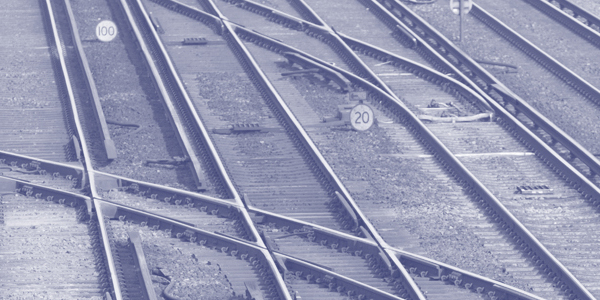Hi,
Wondered if anybody had this problem or knows if I can take further for a different test etc? Or am I wasting my time.
Basically, with the announcement of ticket office closures, my job was under threat, so I applied for a conductor role which I was given a start date for. I had a medical recently which I found out I had a very minor colour deficiency. I could see about 8 different numbers in the Ishihara colour vision test, but some of the plates I couldn’t see a thing. Everything else I passed. The person doing my medical was surprised I could see some, yet others I couldn’t and asked me to name different colours all around the room, like what colour was my shirt, what colour is this pen etc. which I could easily identify. I was told it’s classed as a fail on the Ishihara testing when they spoke to the ‘Rail Doctor’?
I noticed RMT sent an article out last year around August 2022 stating ‘the testing can be seen as detrimental to some of our members’
I’m obviously very disappointed as now I can’t do anything safety critical but feel like it’s a bit discriminatory that I can’t pass that test but can see colours and can drive a car and see traffic light colours etc. but I just can’t see a few numbers in the Ishihara test.
Any advice would be greatly appreciated.
Thanks
Wondered if anybody had this problem or knows if I can take further for a different test etc? Or am I wasting my time.
Basically, with the announcement of ticket office closures, my job was under threat, so I applied for a conductor role which I was given a start date for. I had a medical recently which I found out I had a very minor colour deficiency. I could see about 8 different numbers in the Ishihara colour vision test, but some of the plates I couldn’t see a thing. Everything else I passed. The person doing my medical was surprised I could see some, yet others I couldn’t and asked me to name different colours all around the room, like what colour was my shirt, what colour is this pen etc. which I could easily identify. I was told it’s classed as a fail on the Ishihara testing when they spoke to the ‘Rail Doctor’?
I noticed RMT sent an article out last year around August 2022 stating ‘the testing can be seen as detrimental to some of our members’
I’m obviously very disappointed as now I can’t do anything safety critical but feel like it’s a bit discriminatory that I can’t pass that test but can see colours and can drive a car and see traffic light colours etc. but I just can’t see a few numbers in the Ishihara test.
Any advice would be greatly appreciated.
Thanks

